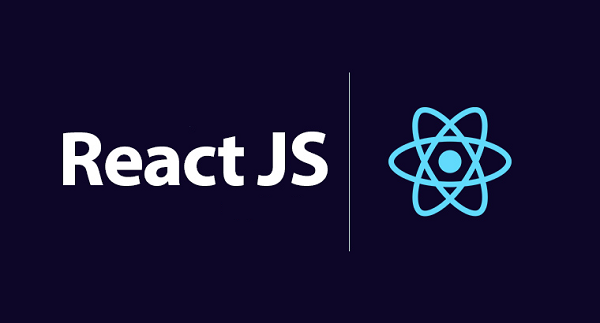Blitz News Digest
Stay updated with the latest trends and insights.
React Roulette: Spin Your Way to Component Perfection
Unlock the secrets of React components! Spin the wheel and discover fun tips to master React like never before!
Understanding the Basics of React Roulette: What You Need to Know
React Roulette is a dynamic, interactive component that serves as a great introduction to the world of React.js and its capabilities. This game-like application allows users to engage with a roulette wheel that randomly selects items based on user input, making it an excellent way to learn about state management and event handling in React. By understanding the basics of React Roulette, developers can grasp core concepts such as component lifecycle, hooks, and props.
To dive into building your own React Roulette application, start by familiarizing yourself with the foundational concepts of React, including JSX, components, and state. It's also essential to utilize tools like Create React App to streamline your development process. Additionally, consider implementing features such as animations, sound effects, or dynamic styling to enhance user experience. As you explore further, you'll discover how React Roulette can serve as a fun and practical project to improve your React skills.

How to Spin Your Way to Flawless React Components: Tips and Tricks
Creating flawless React components is essential for building robust applications. A well-structured component not only enhances the user experience but also improves maintainability and scalability. To start, focus on reusability. Break down your UI into smaller components that serve a specific purpose. This allows you to spin your way to elegance by using these components throughout your app. Additionally, leverage the power of props and state effectively to ensure that your components are not tightly coupled, which can lead to bugs and difficulties in updates.
Another critical aspect of crafting flawless components is adhering to best practices in coding standards. Here are some tips to consider:
- Keep your logic separate: Move business logic out of render methods to keep your components clean.
- Utilize PropTypes: Validate your component's props to catch potential issues early in development.
- Avoid unnecessary re-renders: Use
React.memoanduseCallbackto enhance performance.
By implementing these strategies, you'll find yourself spinning your way to perfection as you create stunning and seamless React components.
What are the Benefits of Using React Roulette for Component Development?
React Roulette is an exciting tool that enhances component development in React applications. One of the key benefits is its ability to streamline the testing process. By allowing developers to randomly select and display components, it provides an innovative way to evaluate different parts of an application without the need for extensive setup. This flexibility not only speeds up the development cycle but also encourages experimentation, enabling developers to discover new layouts and functionalities with ease.
Another significant advantage of using React Roulette is the promotion of reusability and maintainability. Developers can create a library of components that can be effortlessly integrated into different projects. This fosters a more organized codebase and reduces redundancy. Moreover, by utilizing randomization, React Roulette can reveal potential design inconsistencies or bugs that may otherwise go unnoticed, thereby enhancing the overall quality of the application.